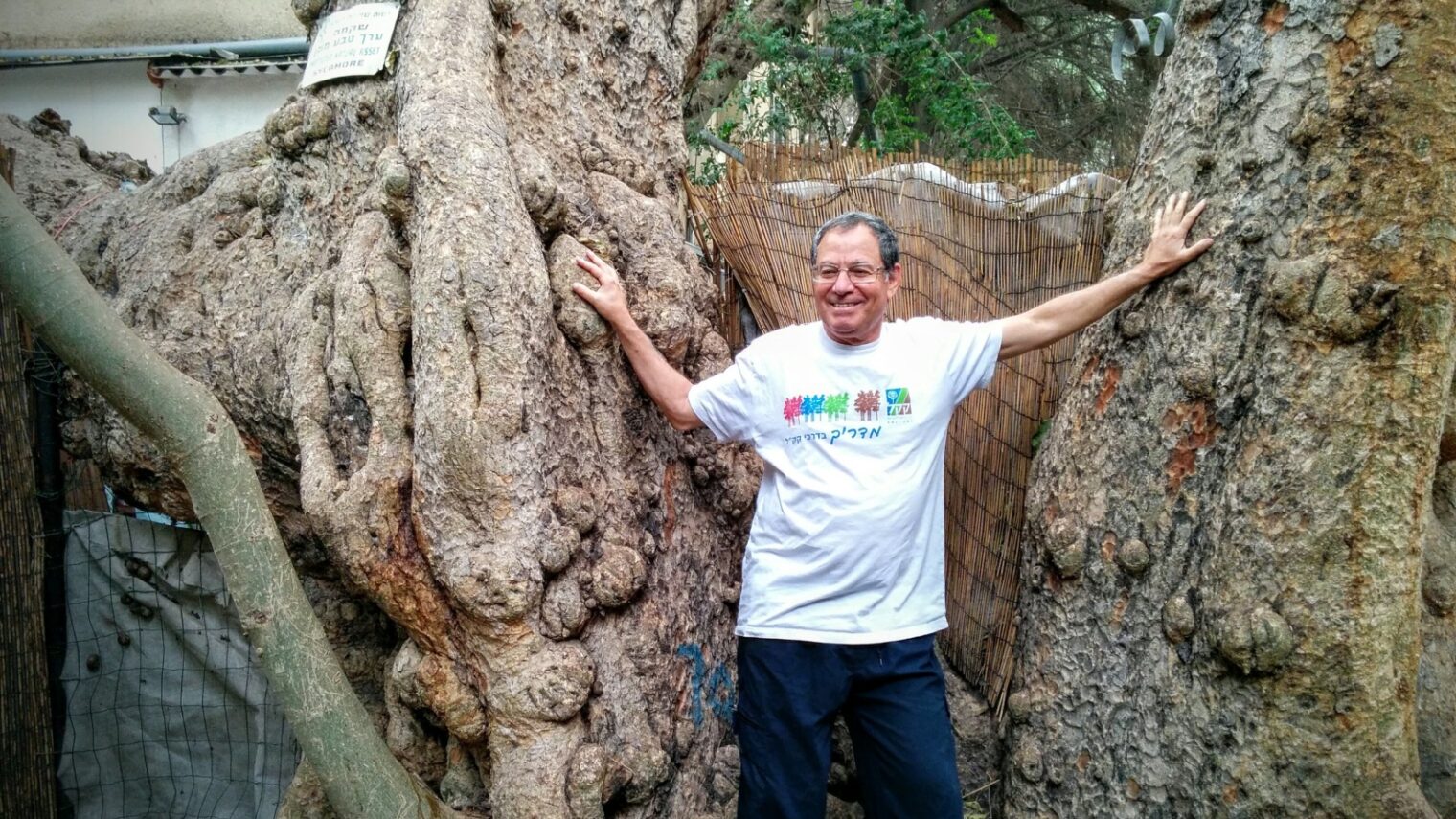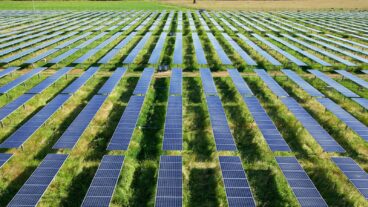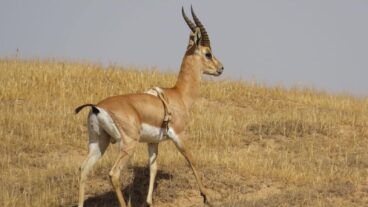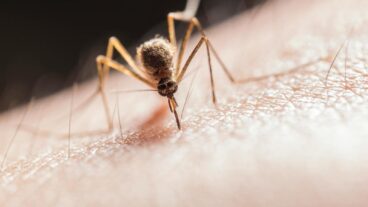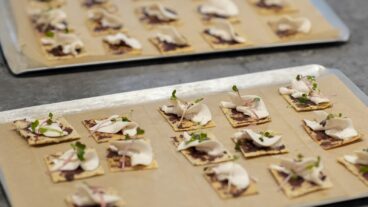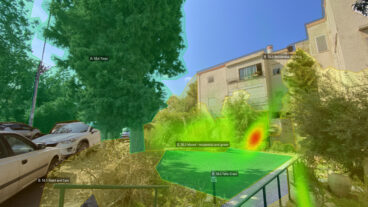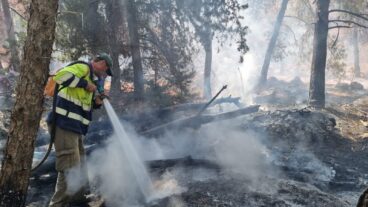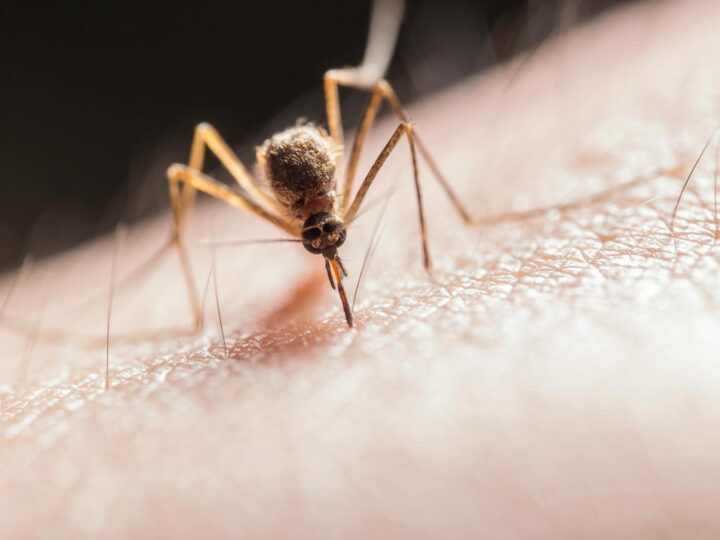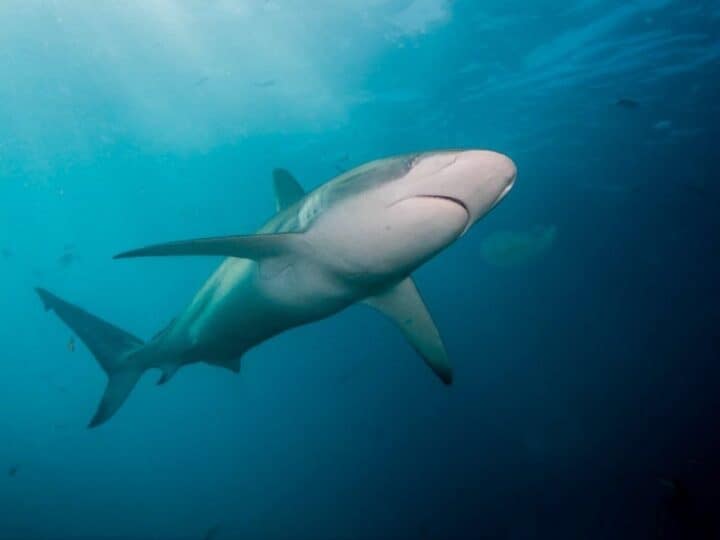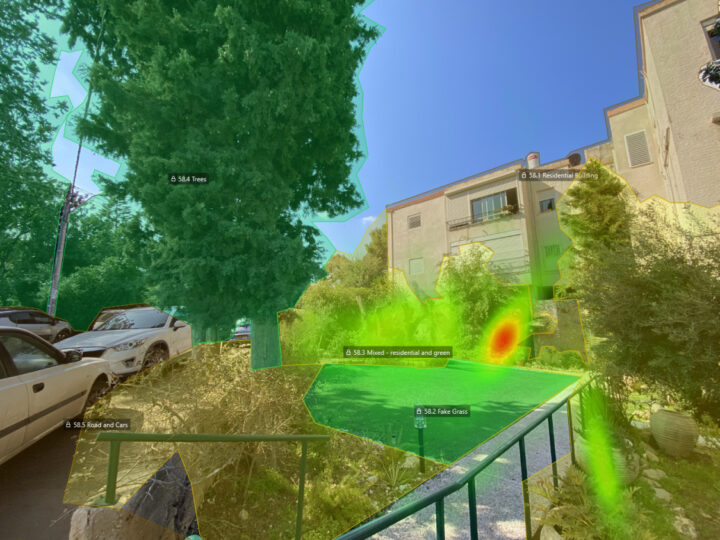In biblical times, the land of Israel was blanketed with abundant fruit and forest trees that helped keep the air and soil healthy.
Over the centuries, a succession of Roman, Mamluk and Ottoman conquerors chopped down 98 percent of these trees to build everything from implements of war to railroad tracks.
The consequences to the environment and its ecosystems were devastating.
But trees have made a remarkable comeback. Over the past 120 years, Keren Kayemeth LeIsrael-Jewish National Fund (KKL-JNF) has planted more than 250 million trees throughout Israel.
KKL-JNF manages 300,000 acres of woodland that remove an estimated 1.2 million tons of carbon dioxide from the atmosphere each year, prevent soil erosion and provide food, shade and shelter to people and animals.
When it comes to documenting the few trees that survived the deforestation of the land, Israeli tree historian Yaacov Shkolnik is the go-to guy.
Shkolnik grew up among the apple orchards on Kibbutz Malkiya in northern Israel and spent many years as a guide for the Society for the Protection of Nature in Israel.
As part of his work and his passion, Shkolnik mapped, measured and monitored some 200 old trees and collaborated with KKL-JNF to compile the Hebrew language book 101 Special and Amazing Trees in Israel.
This fall, as KKL-JNF celebrates the completion of 120 years of forestation and its renewed emphasis on woodland sustainability, we present 10 of the most remarkable old trees as described by Shkolnik.
-
Syrian junipers: Mount Hermon, Golan Heights
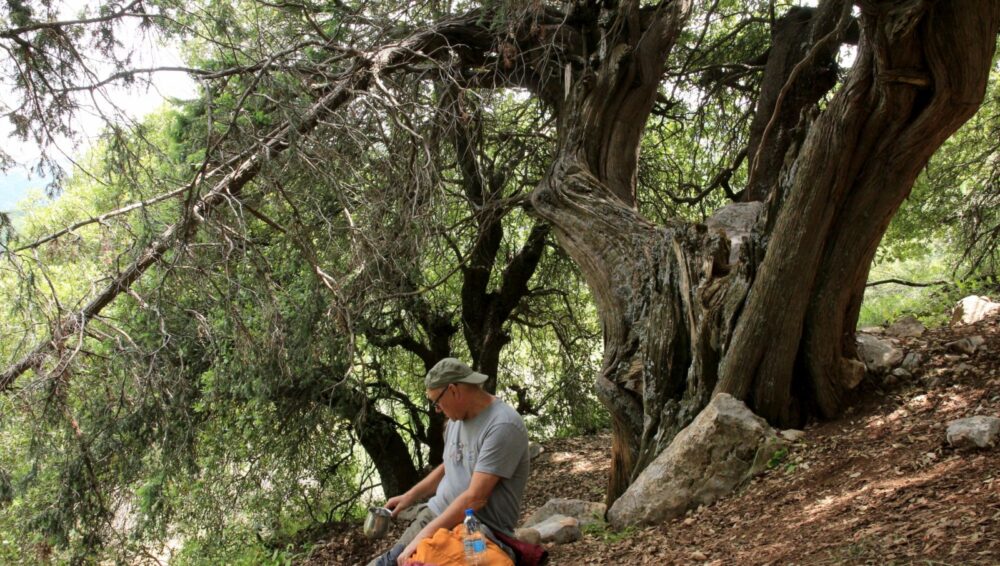
“You can’t know exactly how old Israeli trees are because some grow faster or live in better conditions,” Shkolnik explains.
“But the three junipers that grow close to the marked trail from Birket Ram [a volcanic lake on the slope of Mount Hermon] on the way to the ski area in Neve Ativ are, I’m sure, among the oldest trees in Israel.”
This trio isn’t so tall because the very cold winters and very dry summers slow their growth. However, these same conditions make their wood unusually strong and sturdy.
2. Atlantic pistachio: Kadesh Valley, Upper Galilee
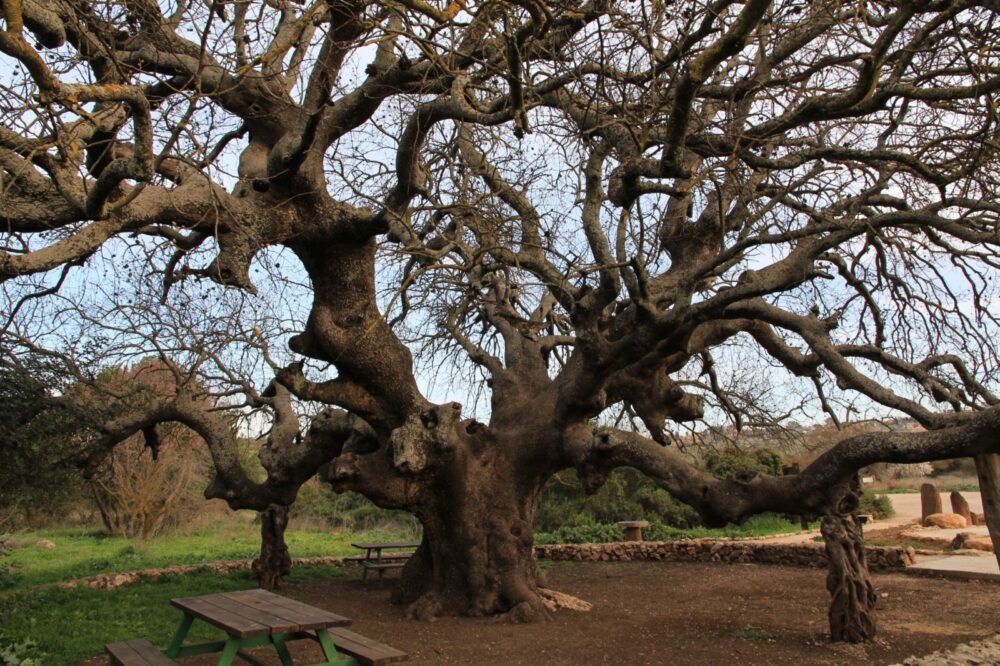
This huge tree is situated near Kibbutz Malkiyah, so it’s especially close to Shkolnik’s heart.
“About 70 or 80 people can sit under its shade and KKL made picnic tables below it. In winter, when it’s naked, you can see the real beauty of its branches. There are about 30 to 40 others around it, but none as big.”
-
Kermes oaks: Mount Hermon, Golan Heights
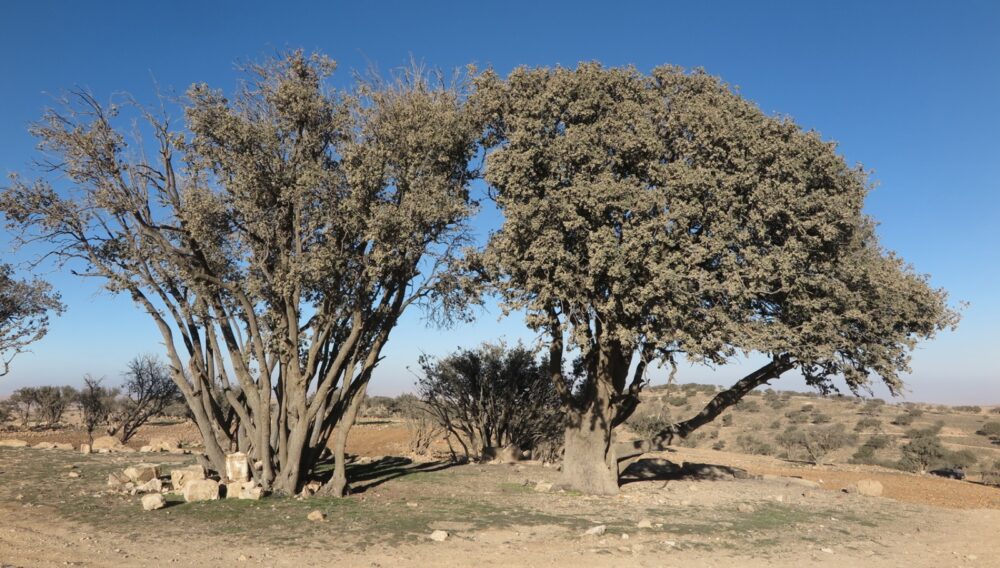
“You can find the common oak in many areas of Israel, but the most special ones grow in Har Habetarim, the traditionally recognized spot where God promised Abraham that his descendants — and that includes the Muslims –would inherit the land,” says Shkolnik.
“These 20 trees are huge. Usually common oak are more like bushes, but these are real trees with very strong trunks of nearly six meters (19.6 feet) in circumference. There is a small building there, Place of Beloved Abraham, where Jews prayed since the 16th century, but today it is difficult to get to because it is a military zone.”
-
Black mulberry: Mount Meron, Upper Galilee
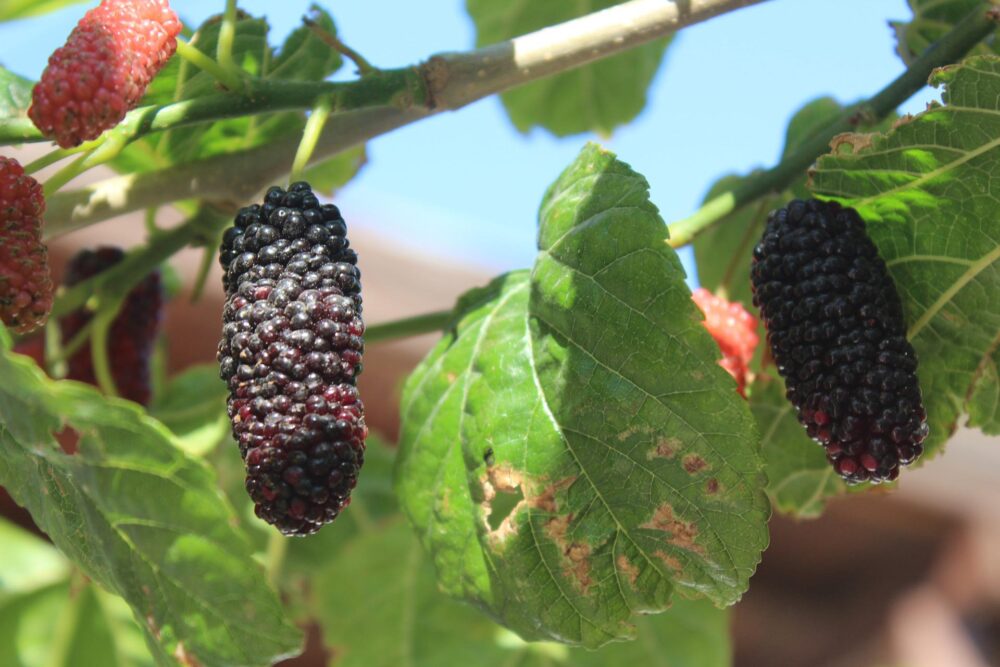
Shkolnik swears this old tree still bears the tastiest mulberries in the world.
“It was planted by Rabbi Yisrael Beck in the early 19th century. Among other things, Rabbi Beck had a printing house in Safed and managed to get some land in Mount Meron, and was maybe the first modern Jewish farmer in Israel. You can enjoy this tree’s fantastic fruit in the summertime — it’s in a nature reserve, but it’s okay to pick the fruit.”
-
Olive tree: Ein al-Asad on Mount Meron, Upper Galilee

The olive tree was recently named Israel’s national tree. They are quite hardy and can thrive for hundreds of years.
“There is one special tree that lives in very old grove on Mount Meron between two Druze villages. On that slope, there is a paved road with many old trees, but this one’s circumference is about seven meters [23 feet], and it still bears fruit!” Shkolnik marvels.
-
Atlantic pistachio: Beit Netofa Valley, Lower Galilee
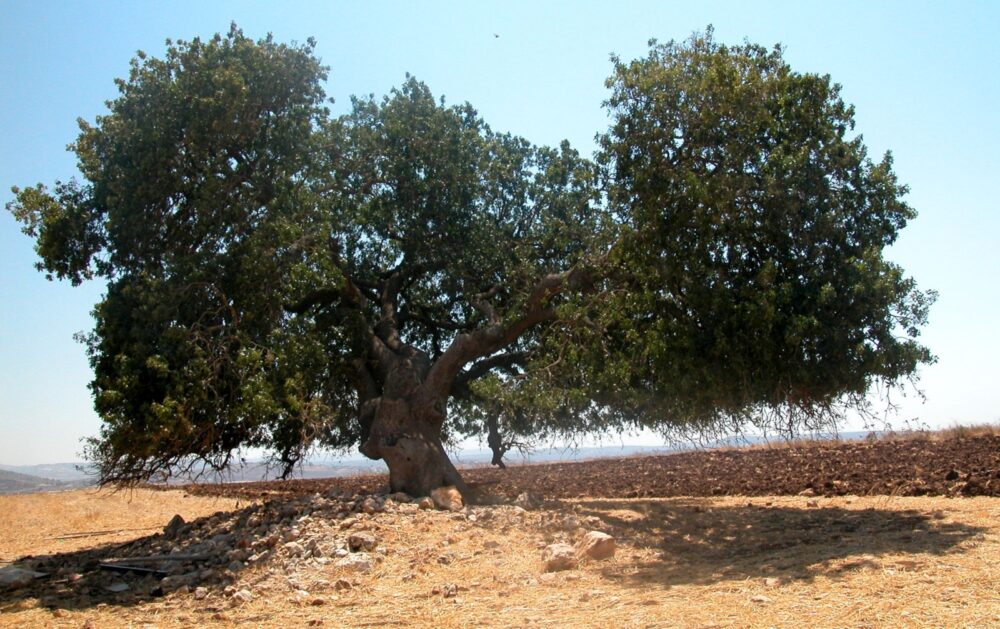
On the northern edge of this cultivated valley is a pile of stones from which this tree grows harmoniously, though it bears no fruit.
“In the 1870s, the Palestine Exploration Fund made a survey of Palestine and mentioned this tree. In Arabic it’s called el-Butma, and elderly residents told us that when people wanted to meet to make up after a fight, they’d meet under the shade of this tree.”
-
Sycamore: Netanya
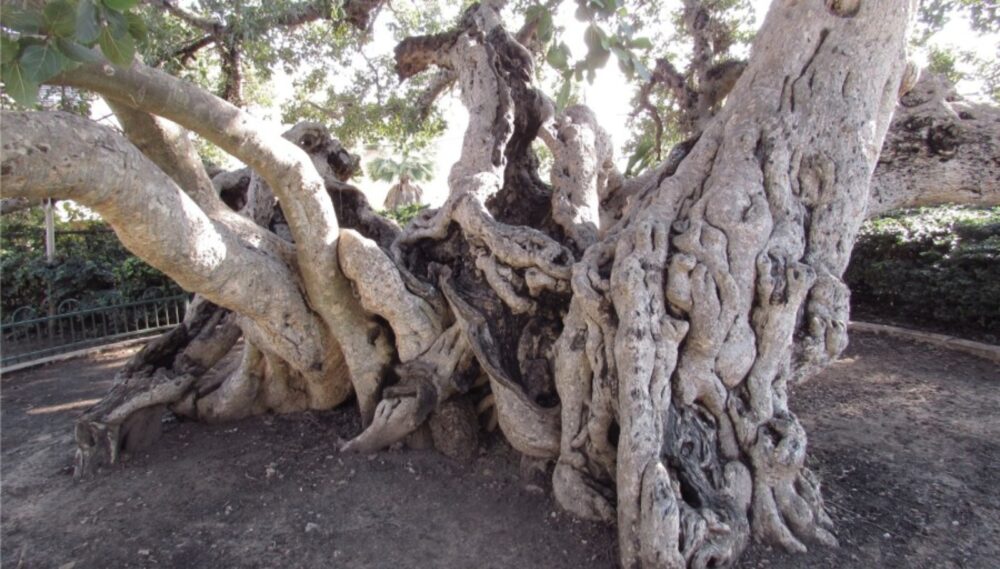
“This very famous tree has a very big circumference of more than 12 meters [39 feet], and it’s become playground for children,” says Shkolnik.
“There used to be an inn nearby and people who were walking from Jaffa to the north stopped at this tree. In 1873, an English traveler with the Palestine Exploration Fund, Charles Wilson, wrote Picturesque Palestine and drew a picture of this tree for the book, which was even then big and impressive.”
Read more about this legendary tree here.
-
Lemon-scented eucalyptus (gum tree): Petah Tikva
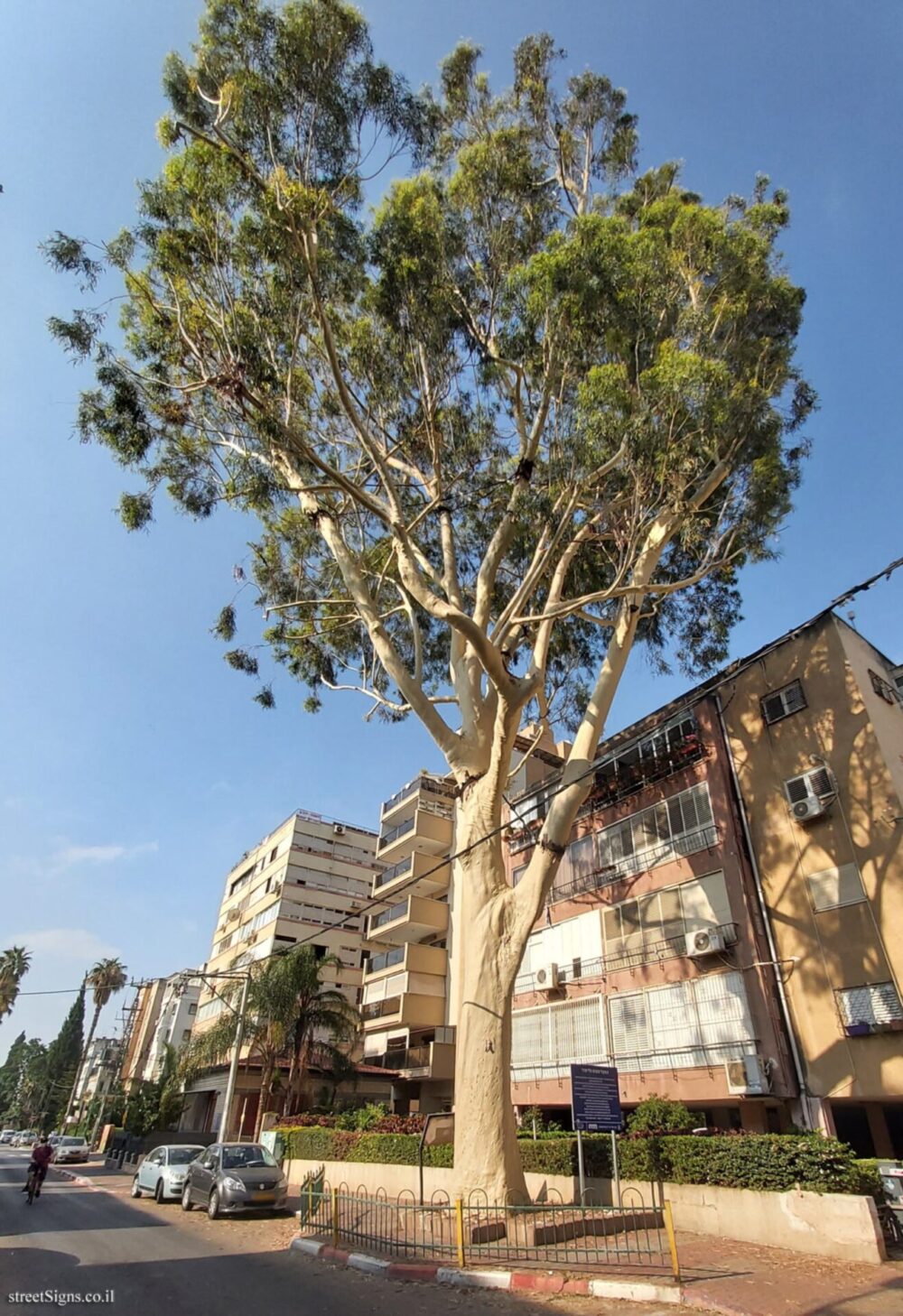
Though Israel boasts many eucalyptus trees, they are neither ancient nor native – they were brought from Australia by the KKL-JNF in the 19th century – and most of them are of the river red variety, Shkolnik explains.
“The lemon-scented gum is very rare here. It has a very smooth, yellowish trunk and the leaves smell like lemon. Two were planted in Petah Tikva, but there was a locust attack and only one was saved.”
-
Spiraled (twisted) acacia: near Sde Boker
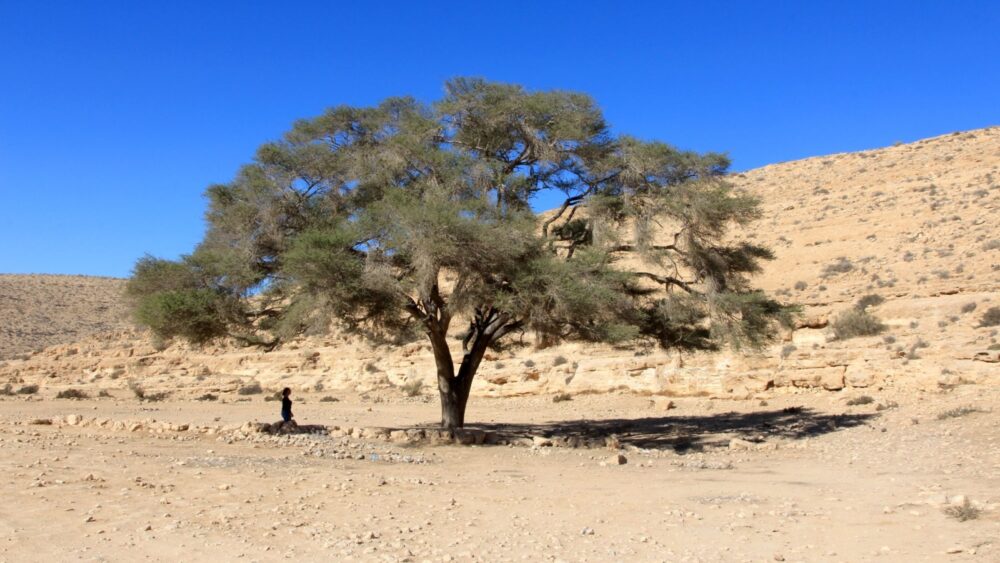
This lonely tree in middle of the Negev Desert is so huge that it’s like a small oasis, Shkolnik says.
“Many travelers to Sde Boker make plans to picnic under the shade of this tree. It’s in a small wadi [valley] whose official name is Nahal Noked, but people call it the ‘Tree Wadi.’ Acacia fruit is important to the desert deer. Strangely, we never saw fruit from this particular tree and we don’t know why.”
- Doum palms (gingerbread tree): Ein Evrona, Arava Valley
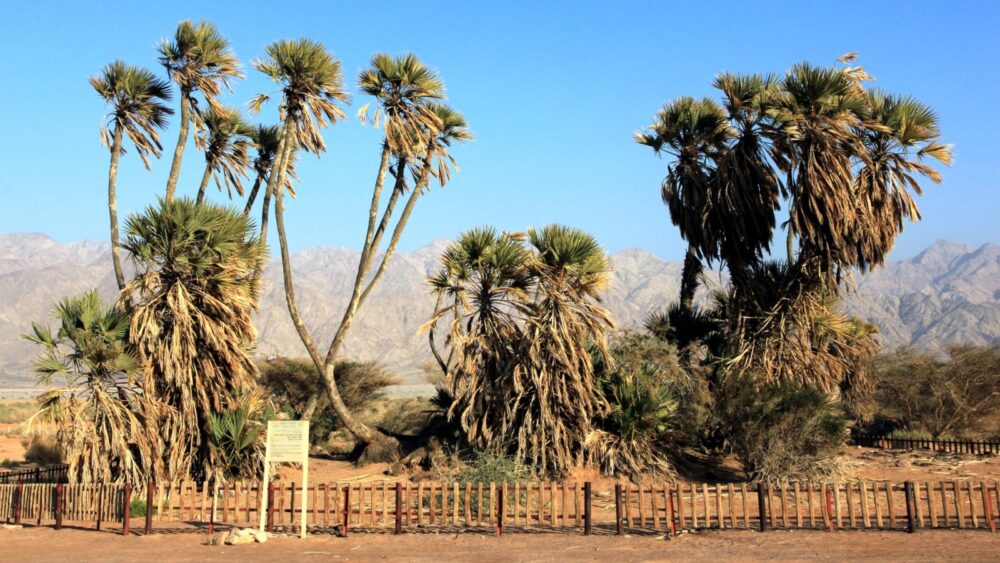
“Doum” is the Arabic name for a palm that grows in rivers in Eastern Africa and produces a type of edible date. The group growing just north of Eilat in a nature reserve are the northernmost wild doums in the world, says Shkolnik.
“Each trunk is divided into two and sometimes those two are divided in two also. It’s very unique,” he says.




